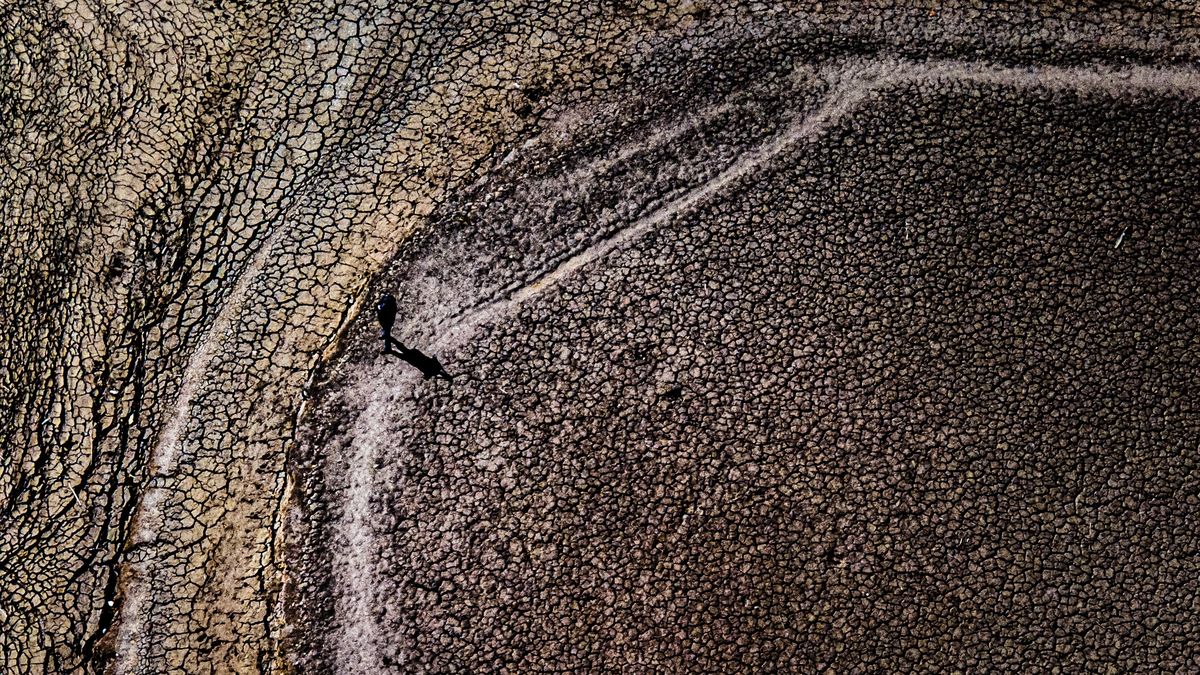We have two respirators worn for two weeks at a time and stored differently in backpacks or pockets at the University of Chemical Technology in Prague for testing under a microscope. What microorganisms are present in an old respirator? And what can be done for someone?
Life of a pandemic – Microscopic testing of worn respirators Video: Kristýna Pružinová, Jakub Zuzánek
To compare the presence of microorganisms, workers in the laboratory at the Institute of Biochemistry and Microbiology of the Institute of Chemical Technology analyzed not only two long-worn respirators, but also one new and clean respirator. The supplied respirator is first cut out and the inner filter layer is imprinted on a plate with the appropriate culture medium. During the test, they focused on the presence of bacteria, yeast, and mold.
The difference in the presence of microorganisms in the two worn and clean respirators is obvious. “At first glance, it is clear that an unused respirator is practically sterile. Only random colonies can escape from the air during handling,” comments professor of microbiology testing Kateřina Demnerová.
“While on another plate which represents a used respirator, it looks different there,” he added. Tests have shown that large numbers of bacterial, yeast and fungal colonies have accumulated on worn respirators within two weeks of use.
“The longer we wear a respirator, the more microorganisms we exhale catch it,” the microbiologist says. “Then, which I think is the worst thing when you wear it for so long, the micro-organisms just keep spinning and you breathe,” he warns.
Watch the video from the show Living in the middle of a pandemic in the introduction to the article, where the professor of microbiology also explains what problems prolonged use of respirators can cause.

“Certified bacon geek. Evil social media fanatic. Music practitioner. Communicator.”







